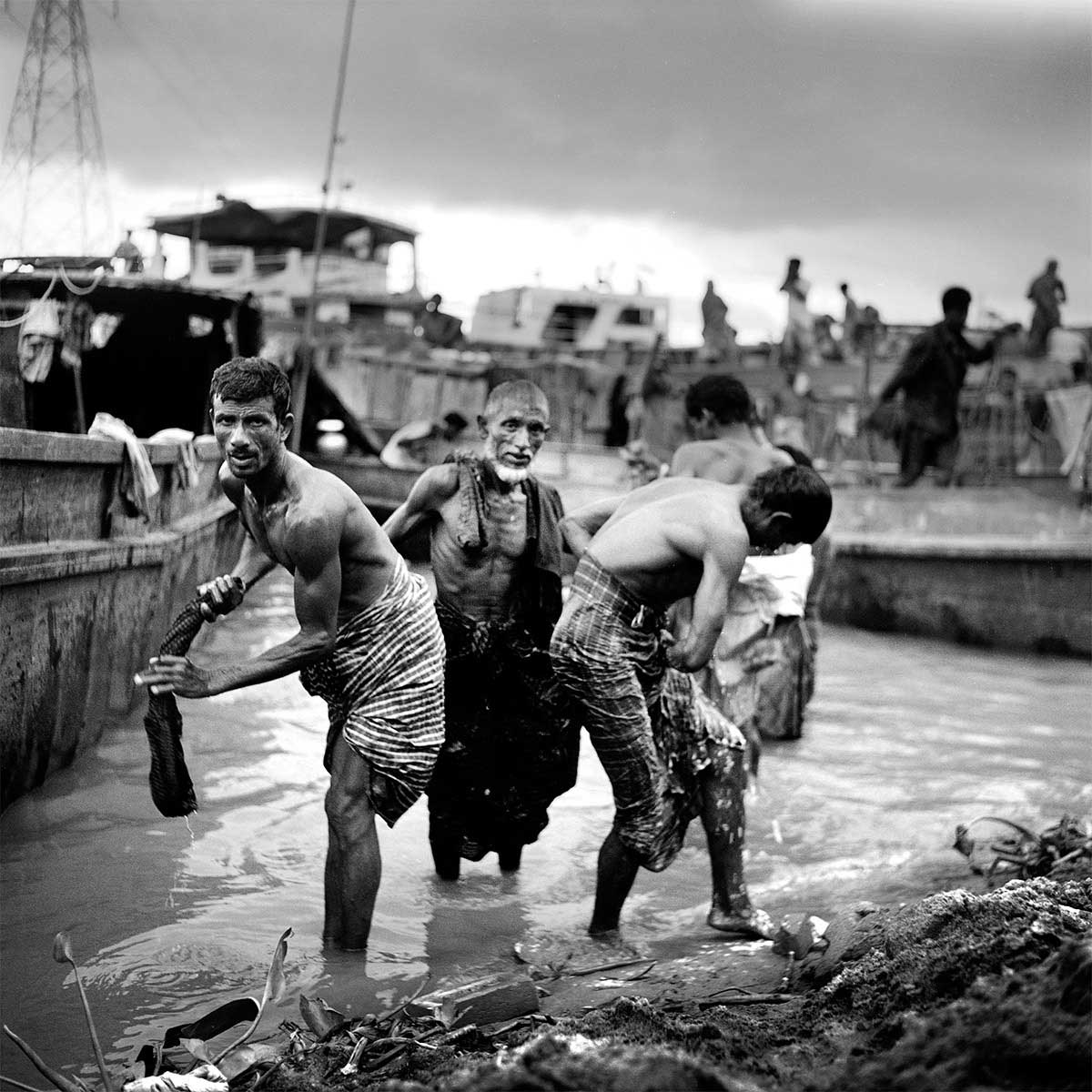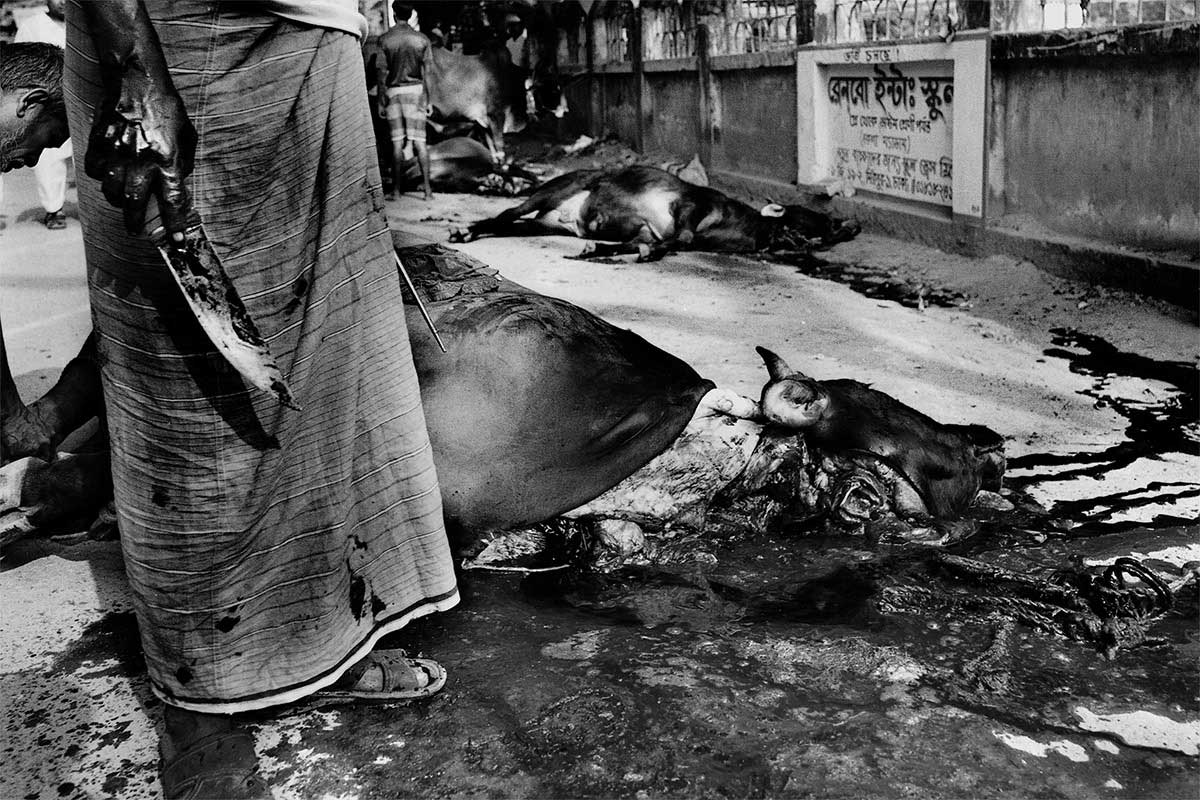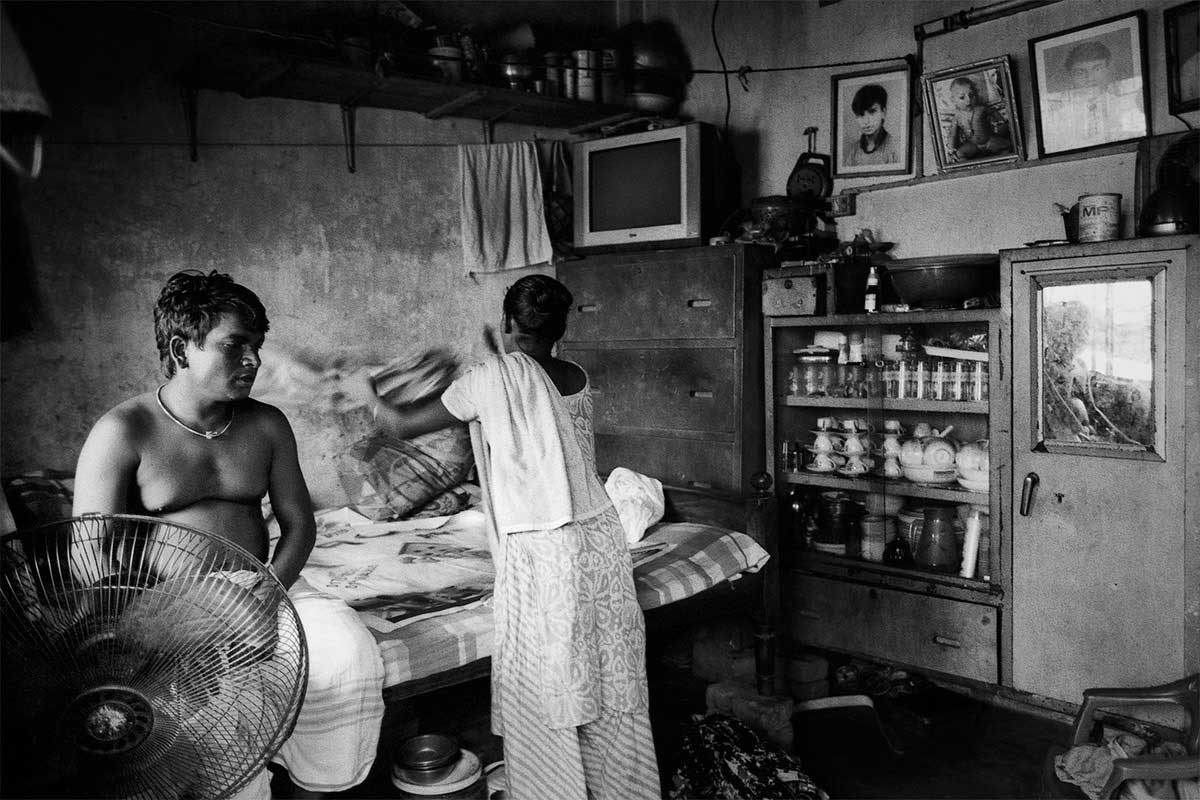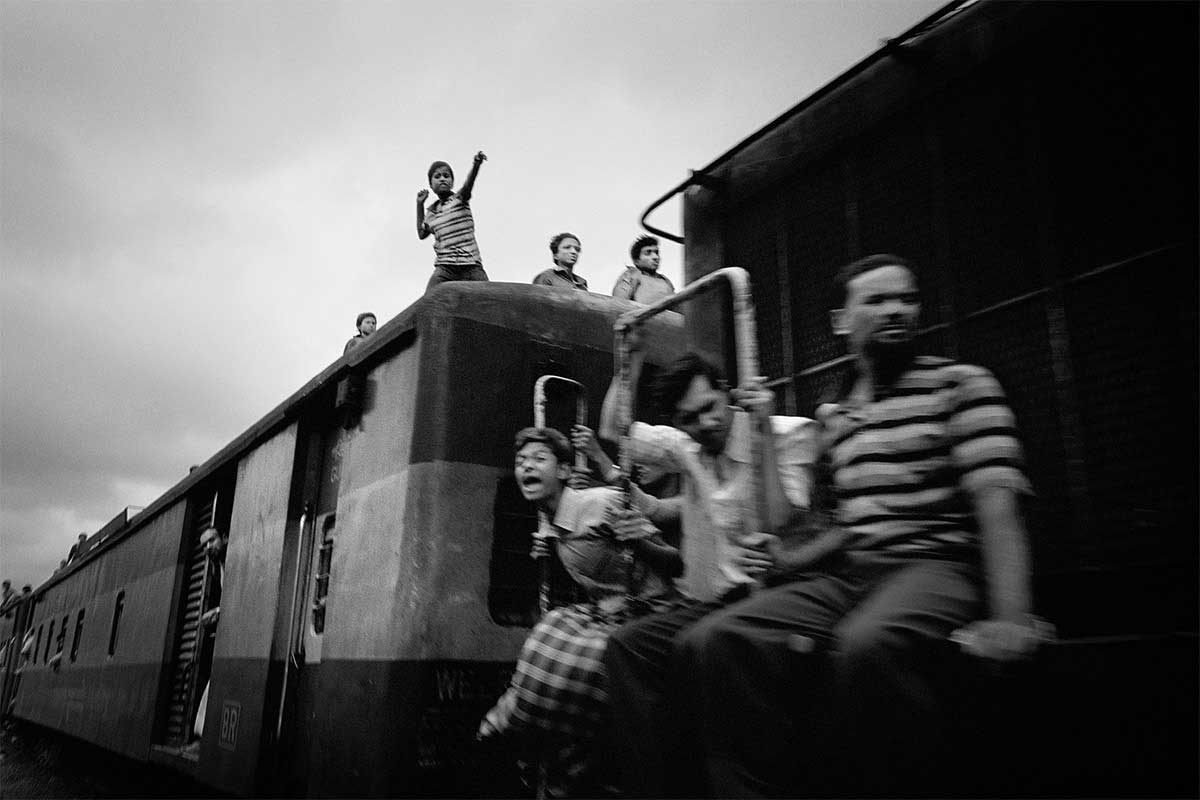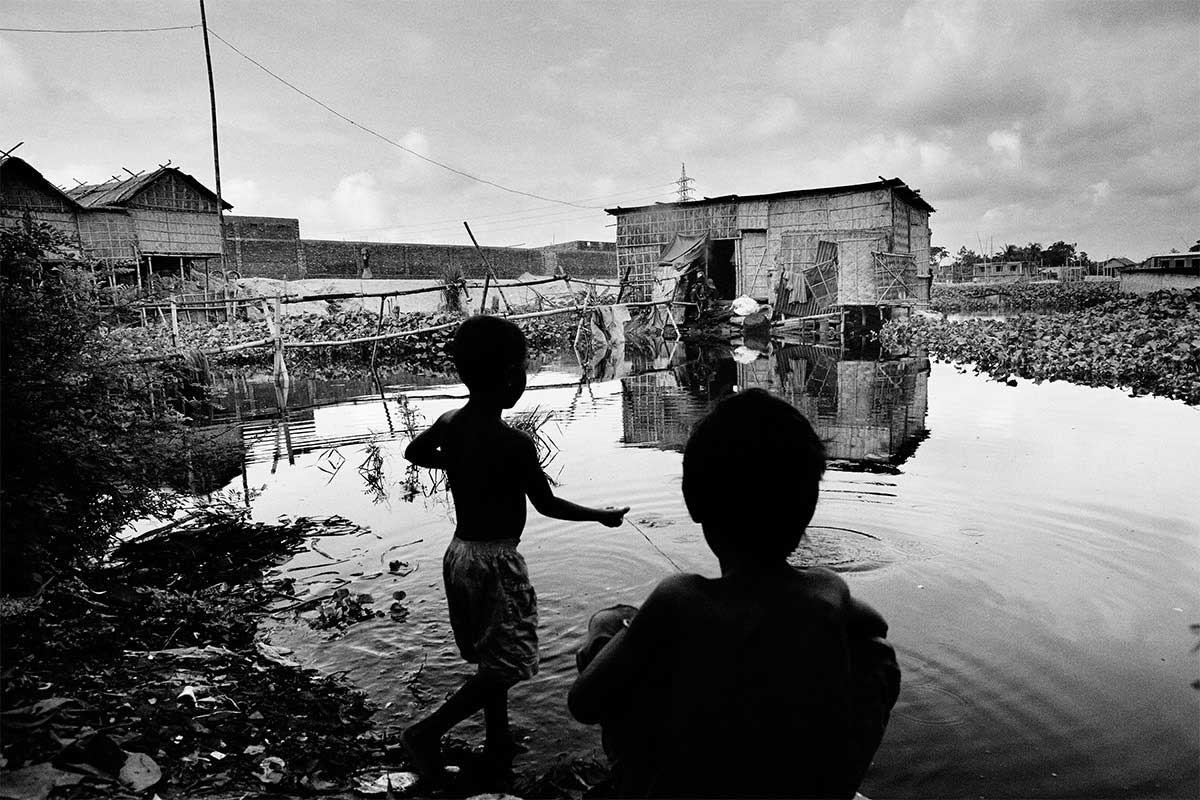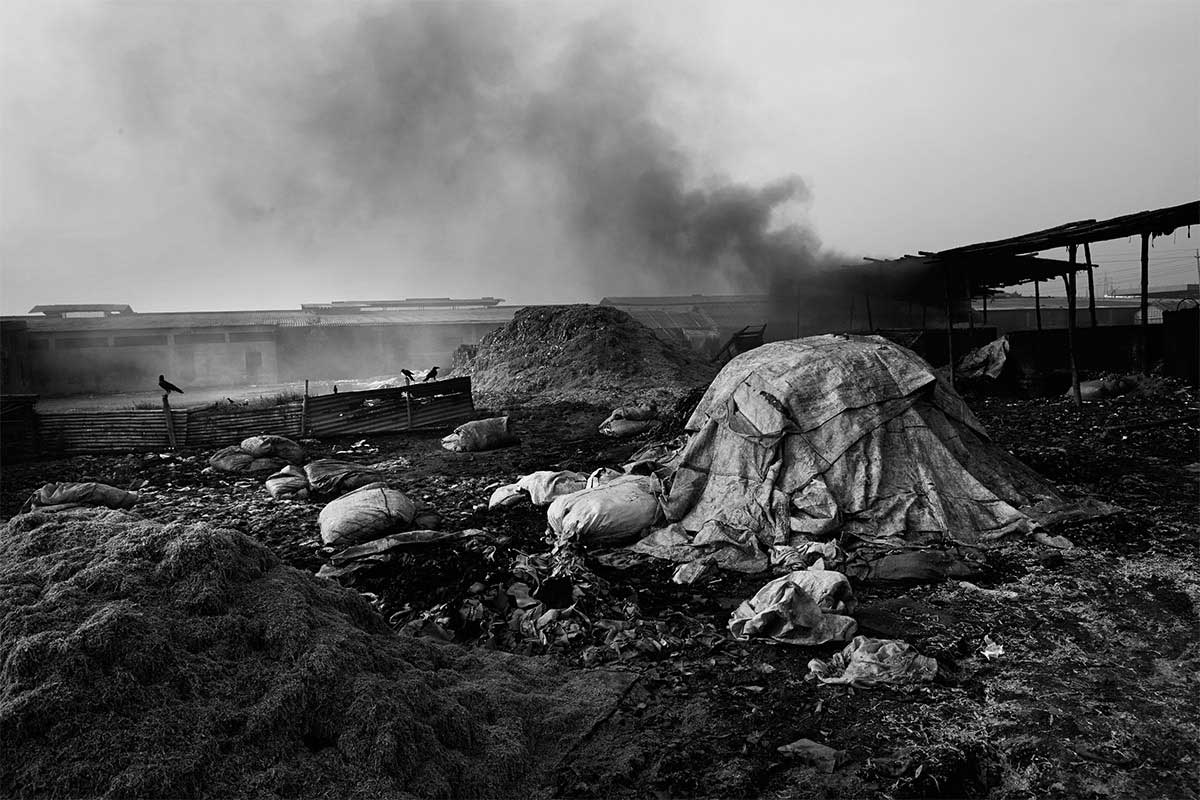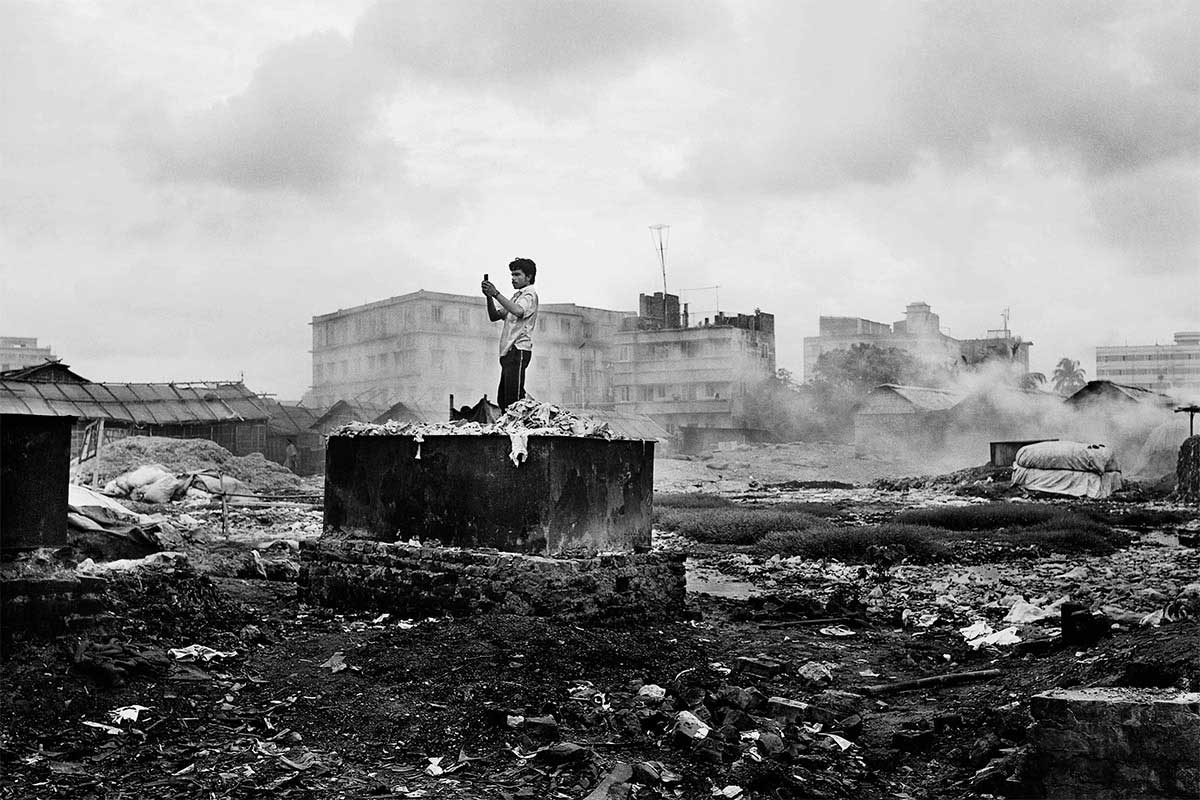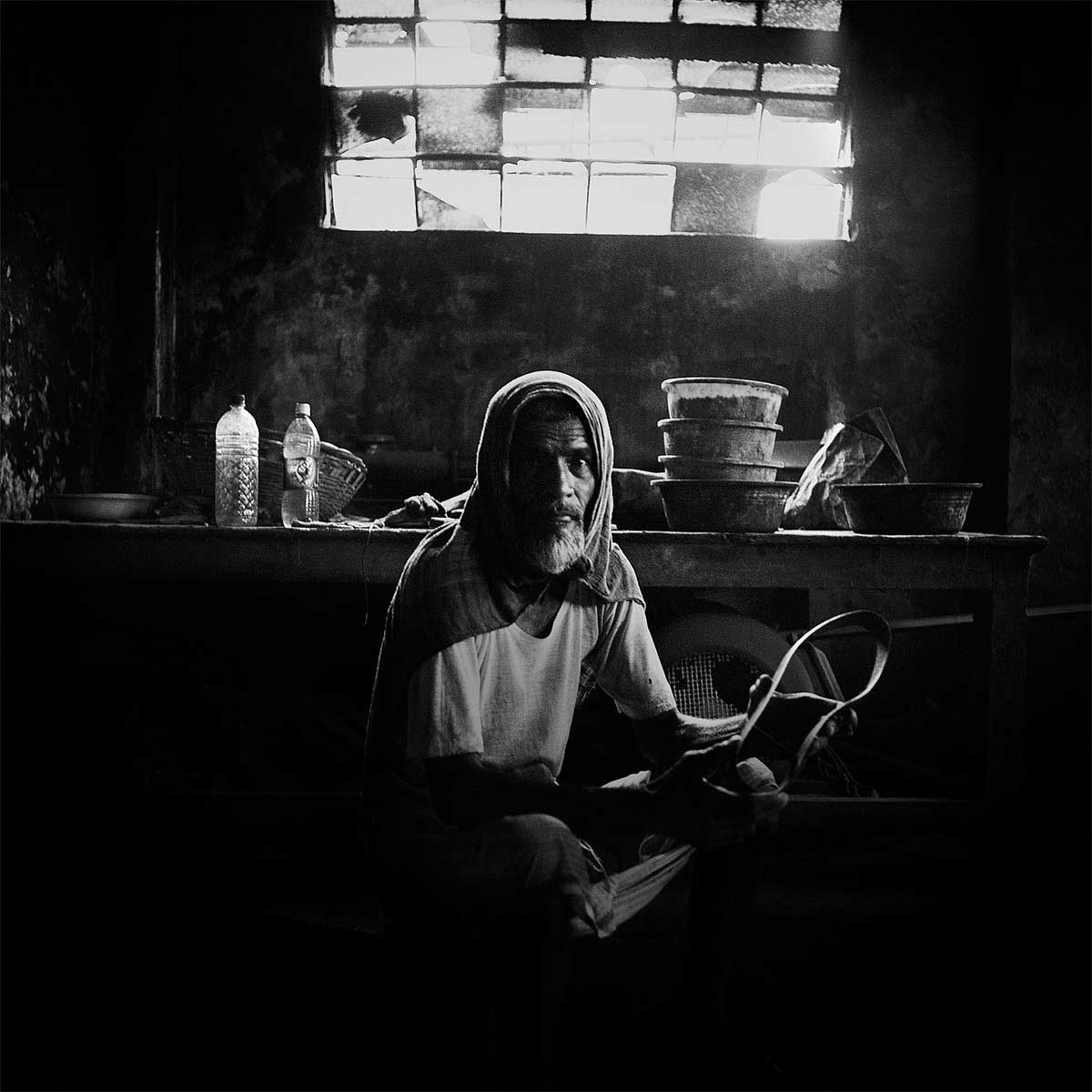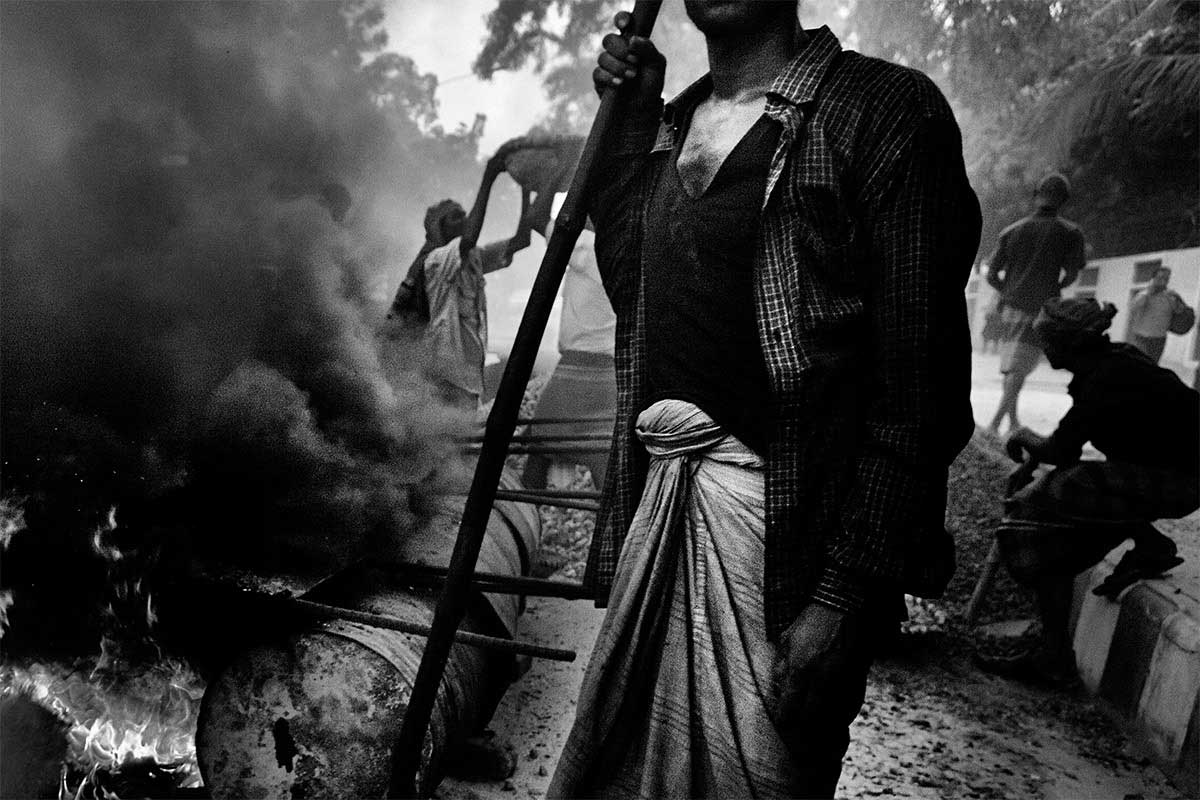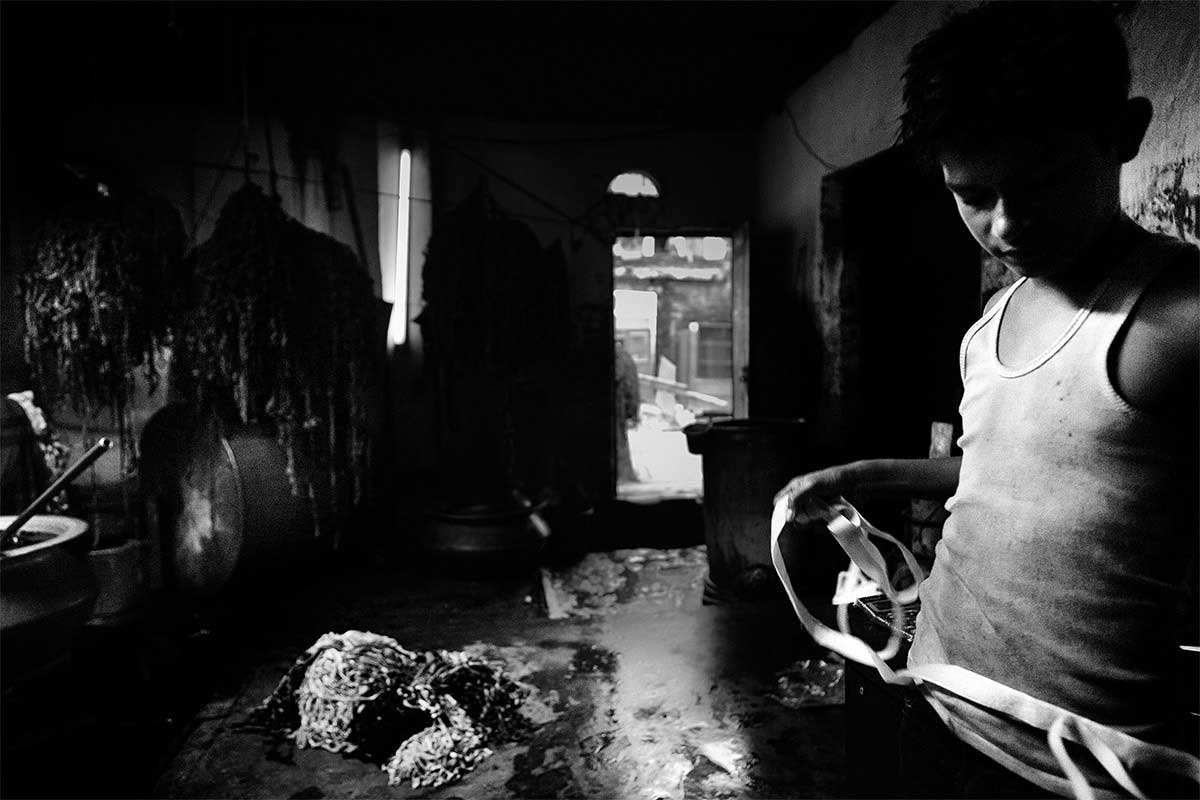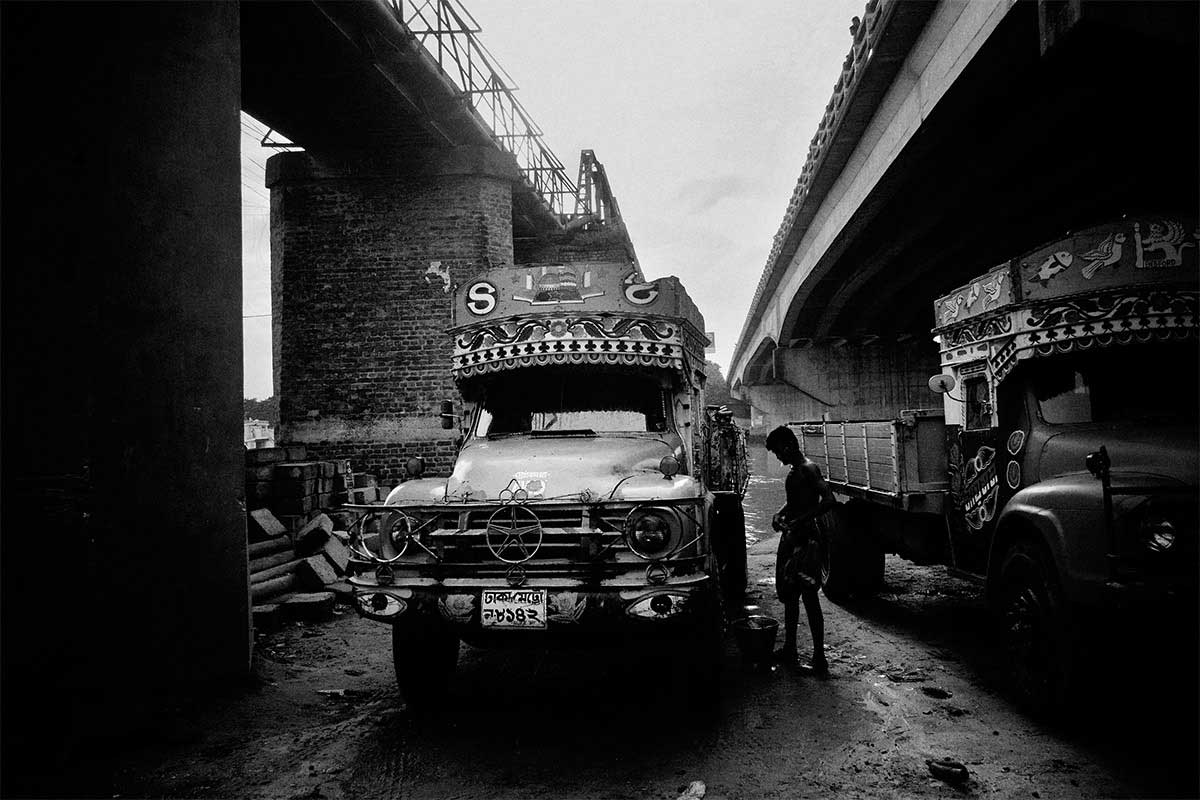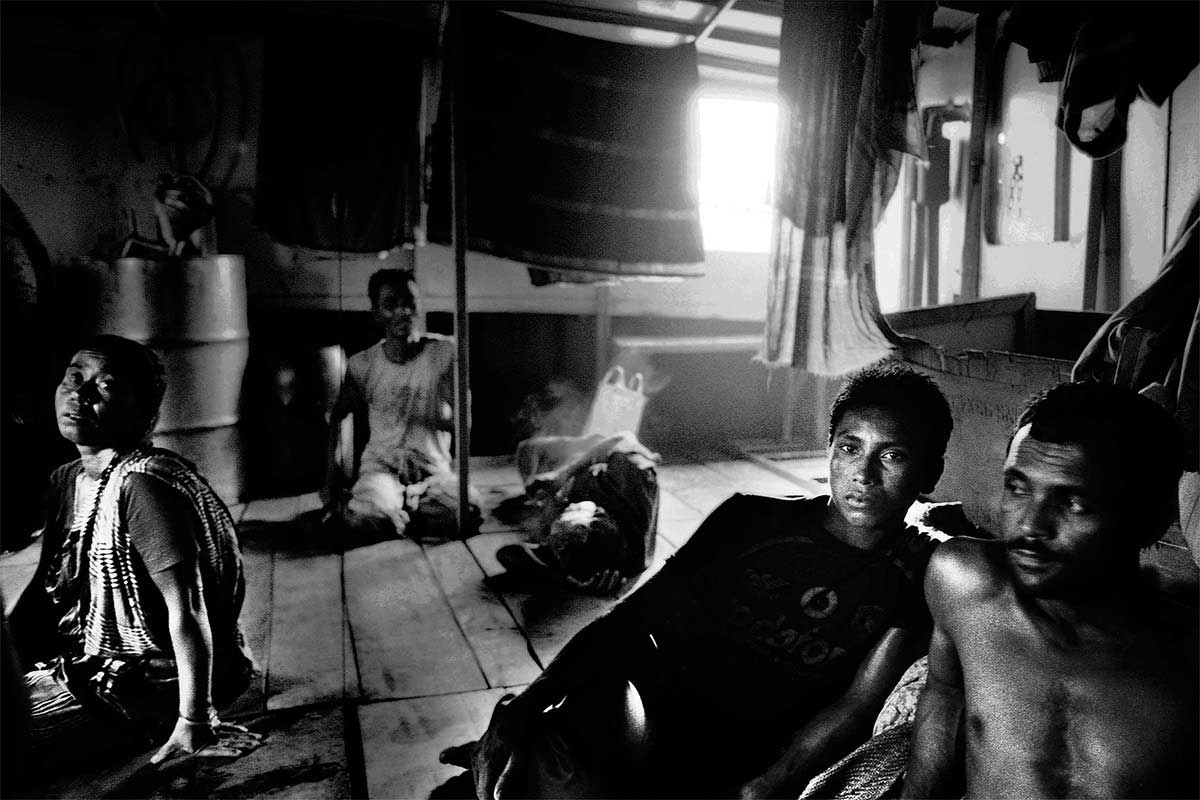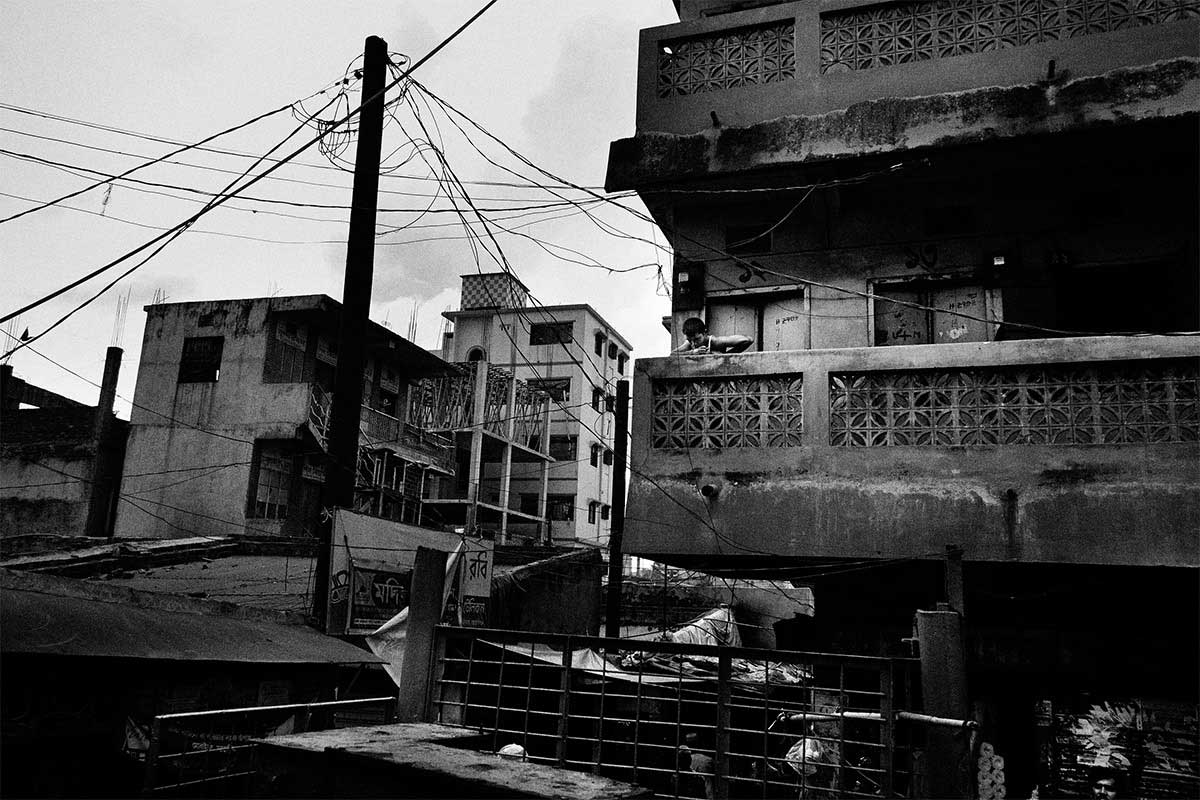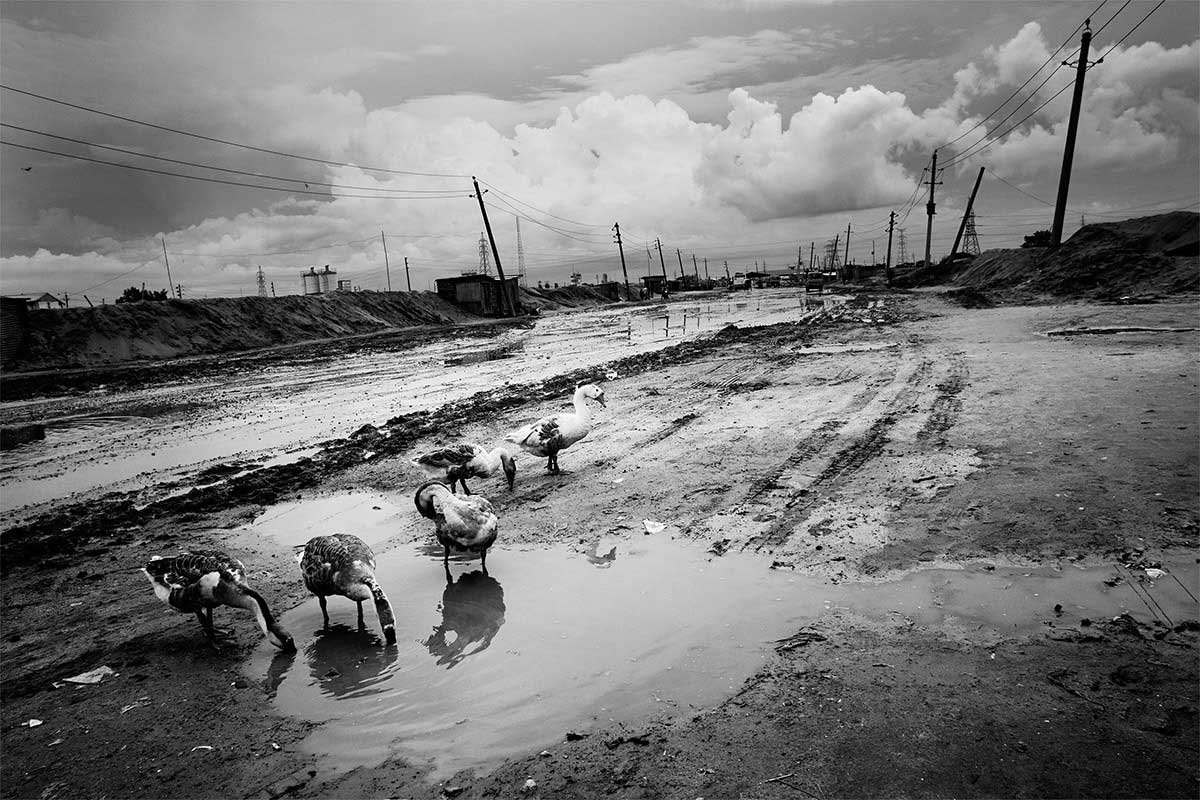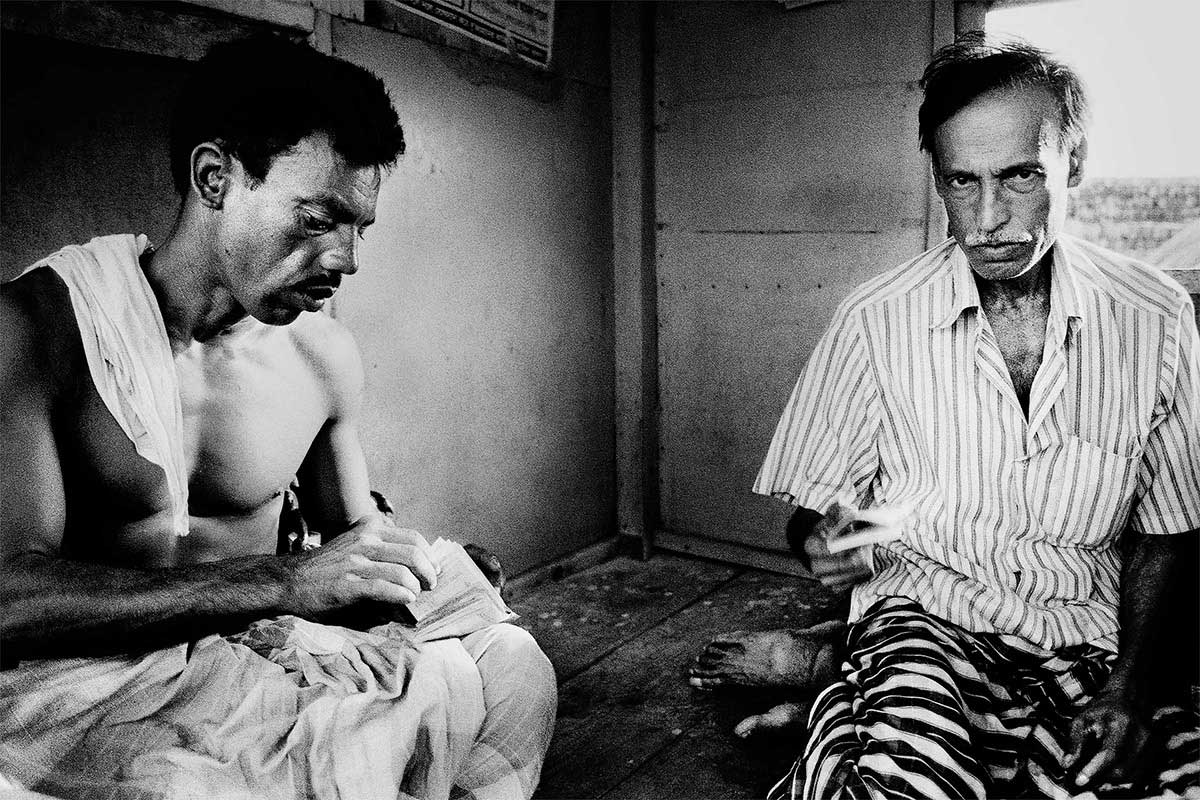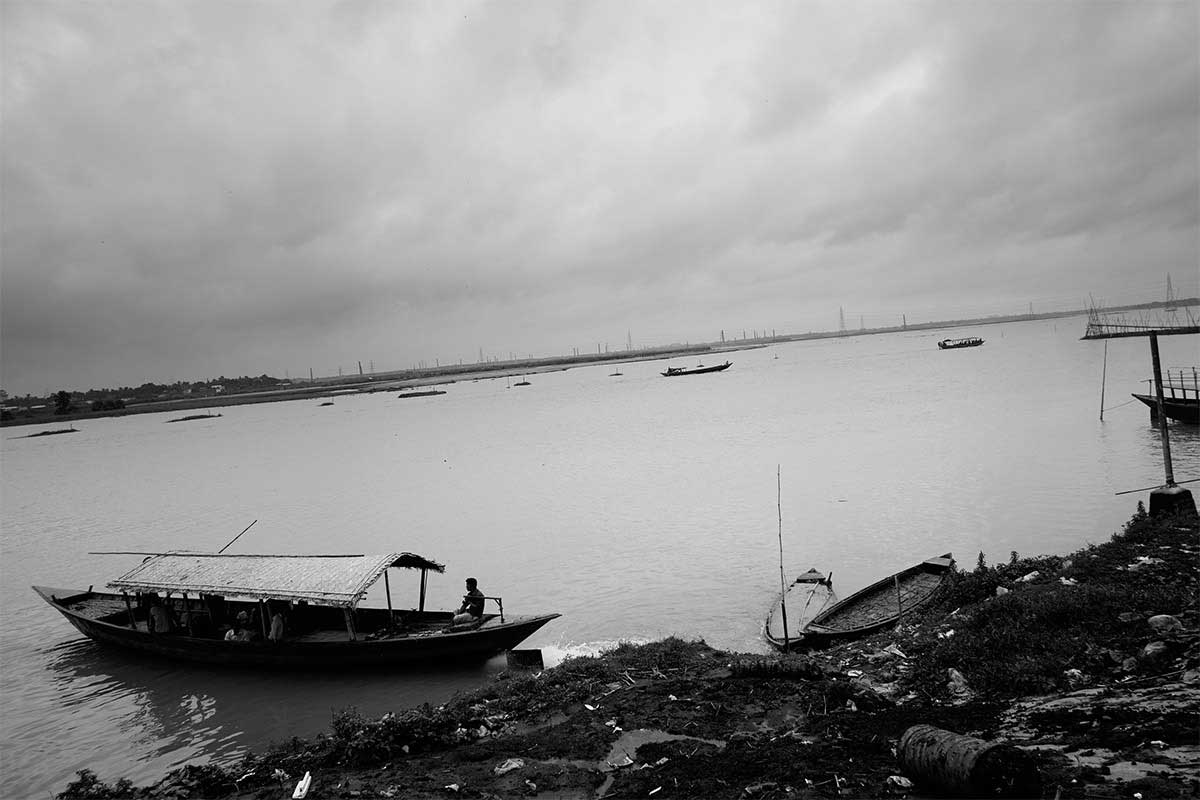Bangladesh is urbanising fast. Dhaka, the capital city of Bangladesh and a megacity of 17 million people (with upto 60% living in the slums), is pulling rural migrants faster and larger than any other city in the country.
The economic factor plays a crucial role in the migration process but even the often natural disasters such as floods, droughts, cyclones, riverbank erosion that destroy the agricultural outcomes every year, push people to the megacity.
A high percentage of migrants live in slums and are mostly employed in low paid and unconventional jobs. Dhaka workers suffer from unsafe or unhealthful working conditions. In most cases they have no rights. Child labour, forbidden by law in Bangladesh, has become part of a vicious cycle, with poverty as a main cause as well as a main consequence. The dumping of municipal wastes, hospital wastes and toxic environmental discharges from mostly industries and from the numerous tanneries located in the Hazaribagh area of the city, pollute both surface and ground water sources.
Workers in many leather tanneries in the Hazaribagh neighbourhood of Dhaka including children as young as 11, become ill because of exposure to hazardous chemicals and are injured in horrific workplace accidents, “Human Rights Watch” says in a report. The tanneries, which export hundreds of millions of dollars in leather for luxury goods throughout the world, spew pollutants into surrounding communities. [Official Website]
